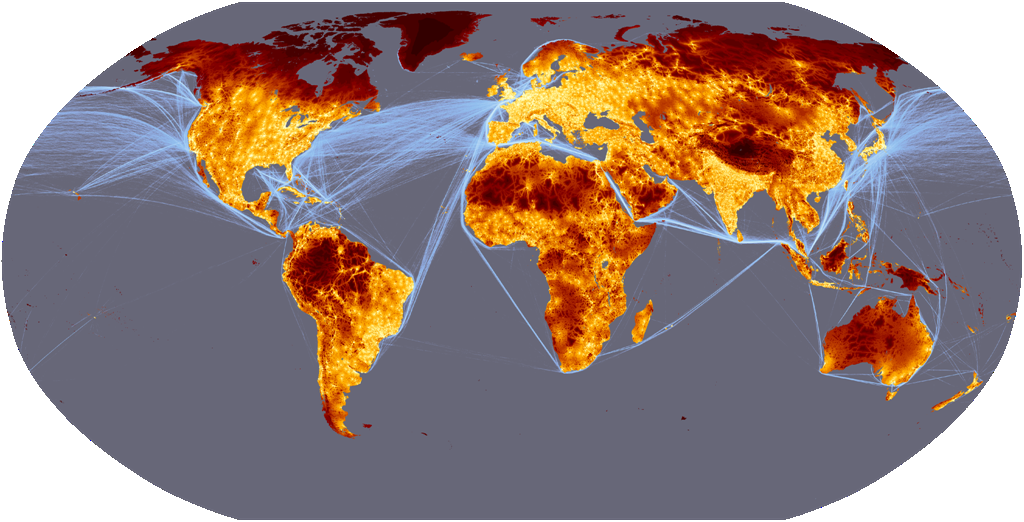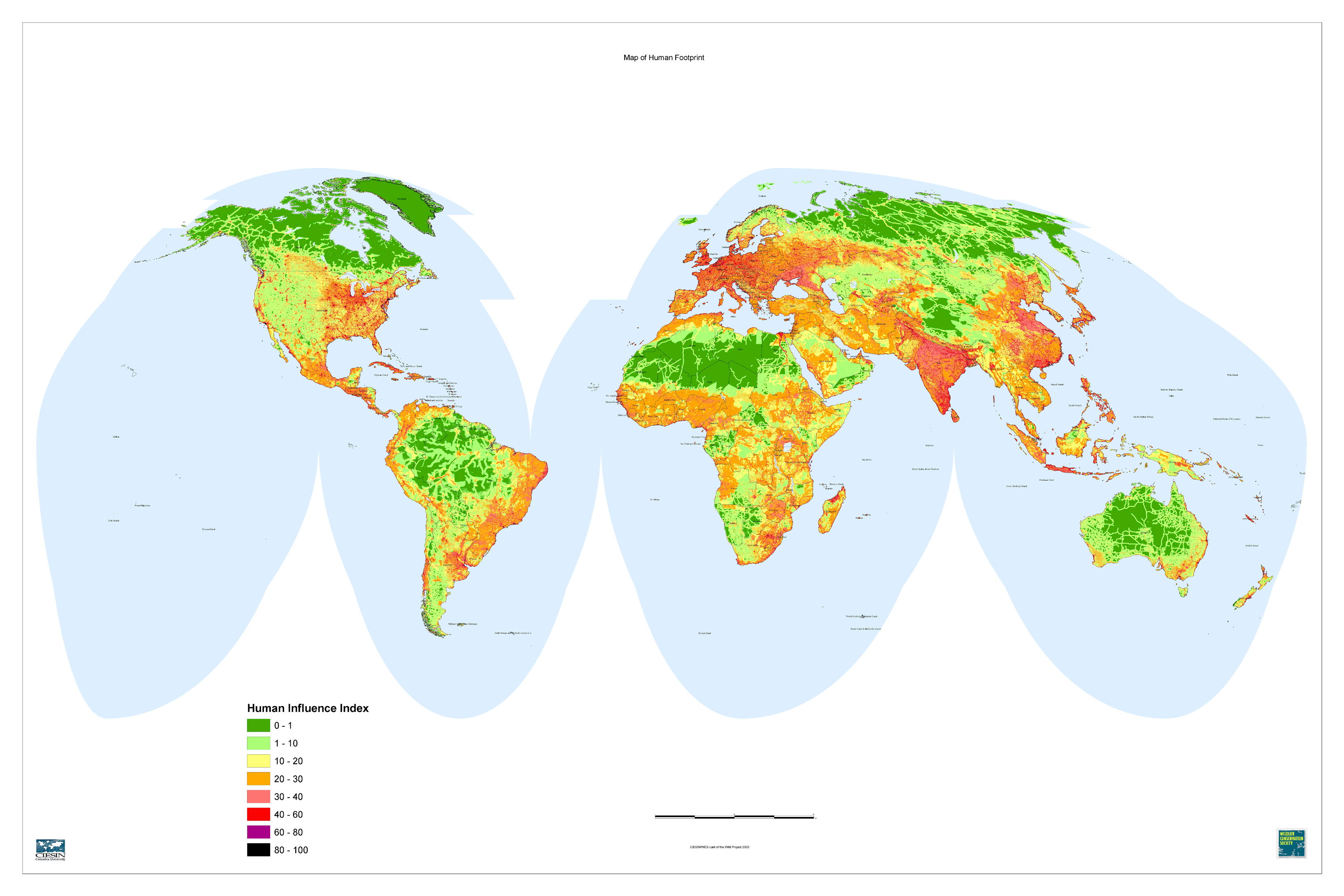No, not Aquarius, as in the 1967 rock musical Hair. We’re talking Geology, not Astrology here. Geologists divide the Earth’s history into distinct epochs, periods, and eras which have left their mark in the fossil record or sediment layers of the time – we are currently in the Holocene epoch, which dates back about 10,000 years to the end of the Pleistocene epoch. Recently, however, scientists have proposed that humankind has so altered the Earth since the Industrial Revolution that we have brought about an end to one epoch and have entered a new age, the Anthropocene.
The word “anthropocene” combines the root “anthropo”, meaning “human,” with the root “-cene”, the standard geological suffix for “epoch.” The term was first used in 2000 by the Nobel Prize winning atmospheric chemist Paul Crutzen, who regards the influence of human behavior on the Earth’s atmospheric, geologic, hydrologic, biospheric, and other earth system processes in recent centuries to be so significant as to constitute a new geological era. While the terms “Anthrocene” and “Homogenocene” were also proposed to describe this new age, the use of the term Anthropocene was sanctioned by Jan Zalasiewicz, who heads the Stratigraphic Commission of the Geological Society, when he published the first proposal for the formal adoption of the Anthropocene epoch by geologists in 2008.
While some geologists argue that the Anthropocene epoch literally began 8,000 years ago when ancient farmers cleared forests to grow crops, the term is generally used to describe the period from the 18th century to the present. This period marks a transformation of the Earth as distinctive as the end of the age of the dinosaurs, at least in terms of the geologic indicators that will be observable millions of years in the future. These indicators include the increase in greenhouse gases, global temperatures, and sea levels; soil erosion caused by agriculture; massive extinctions of animal and plant species; and acidification of the oceans. “What we’re asking is what the record in the rocks of the human species is going to look like,” says Andy Gale, coauthor of the article cited above. “It’s fascinating thinking what record future geologists will see of human activity…For one thing, there will be a hell of a lot of concrete…In many rock successions, a thousand years can be a millimeter or two. So, geologically speaking, this series of events is proceeding very fast. I don’t think the changes are going to be subtle at all – these signs would be very conspicuous.”
Editor’s note: Sources for the above include http://en.wikipedia.org/wiki/Anthropocene and





